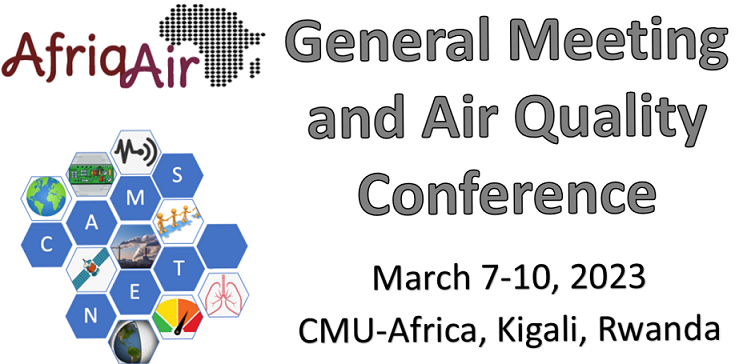Speaker
Description
Air quality monitoring in Uganda started in 2018 with a single reference station at the US embassy in Kampala. Following the data from this monitoring station, a delegation comprised of political leaders and senior technical officers conducted a learning tour to the USA. Upon their return, the leaders then made a resolution to start an air quality management system for the city. A decision was taken to prioritize air quality management for the city. This resulted into the development of air quality management governance framework which kick started air quality management for the city. This was
followed by the following: 1) baseline study to establish pollution levels and locations of the sensors (to be procured) in the city in 2018; 2) installation of low cost monitors in 2019; 3) studying longitudinal temporal and spatial variation of air pollution in the city in 2019-2021; 4) utilizing the results from the natural experiment of COVID-19 induced lockdowns to understand associations; 6) development of the Kampala city clean air action plan in 2022 7) development of air pollution control regulations;7) source
apportionment assessment and emission inventory in 2023.
Our next steps are now concentrated on implementation of the clean air action plan while tracking the progress from the senor network. We aim to expand the scope of the monitored pollutants to include more gases, improve and increase data use to inform policies and raise awareness about air pollution control amongst the city residents. We are also currently using this data to mobilize resources from donors and partners to better address air pollution in the city.

